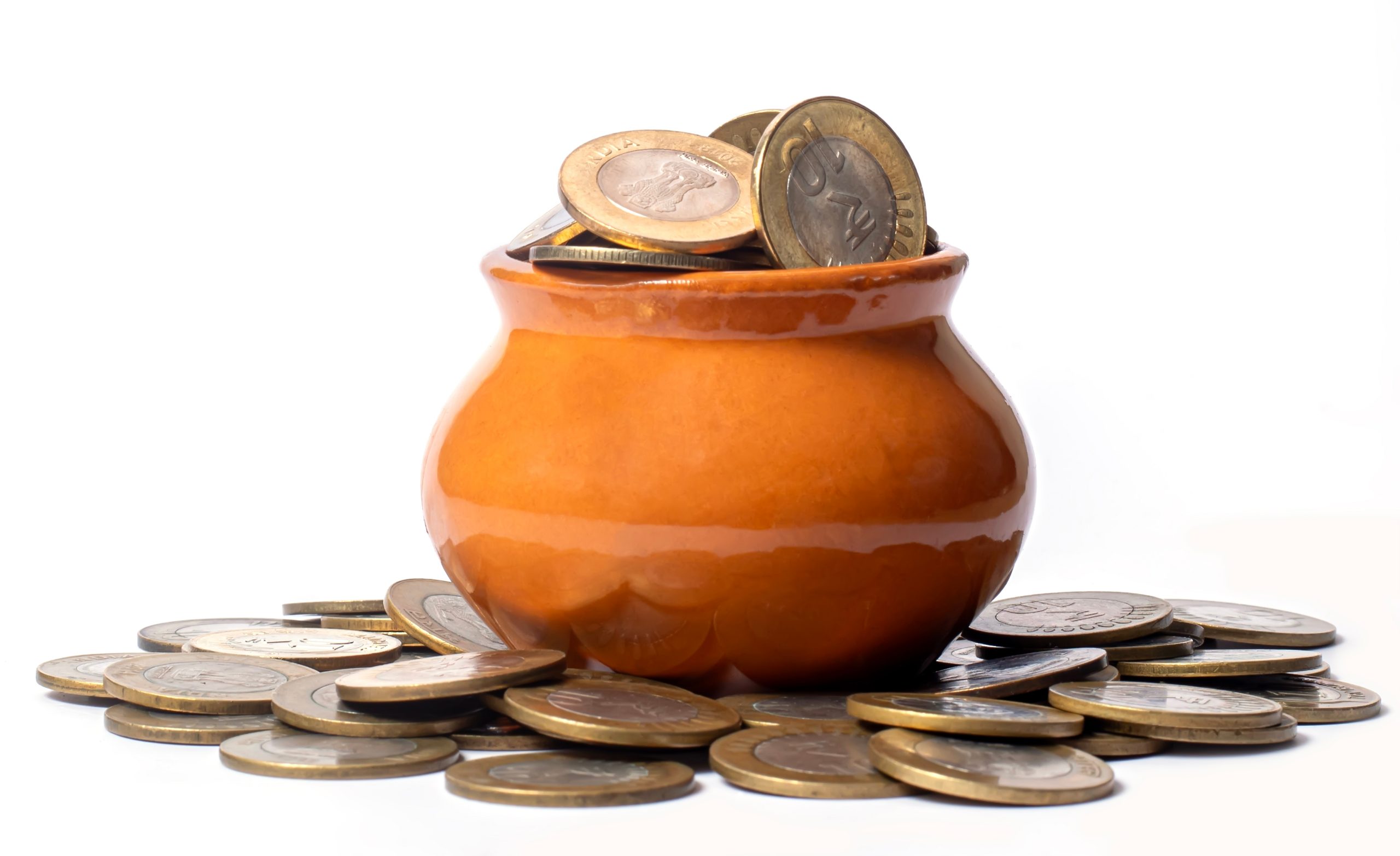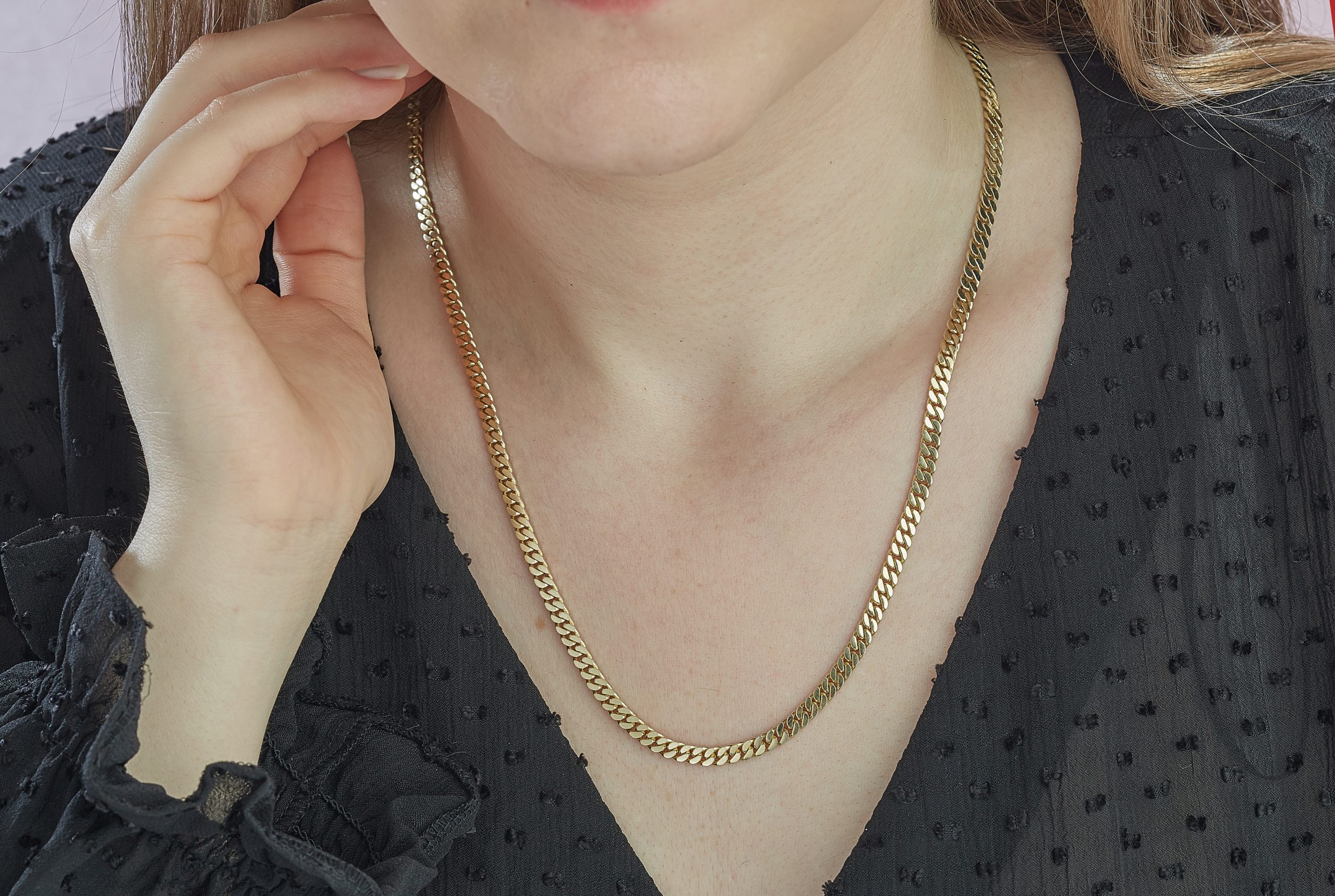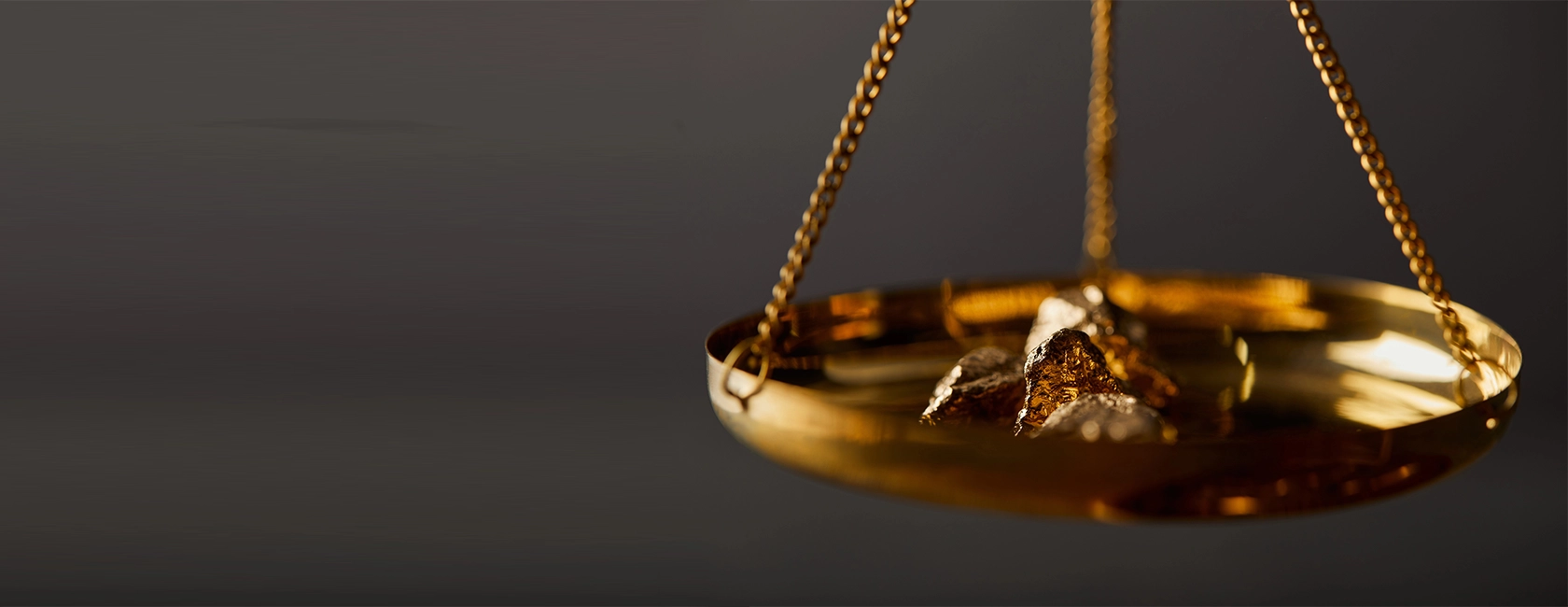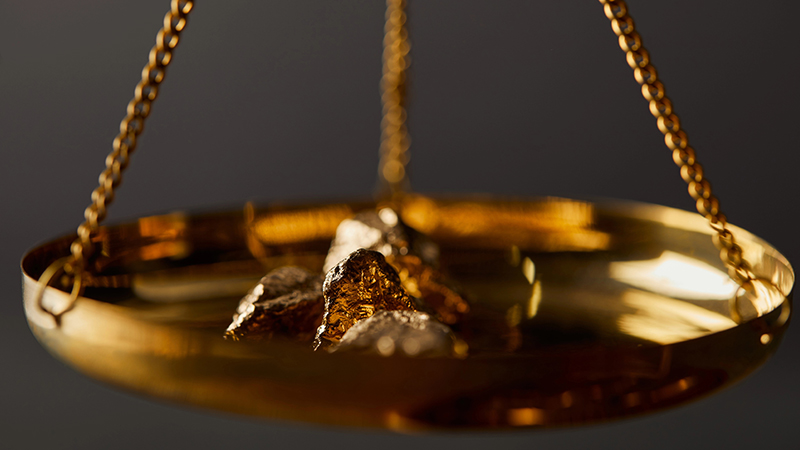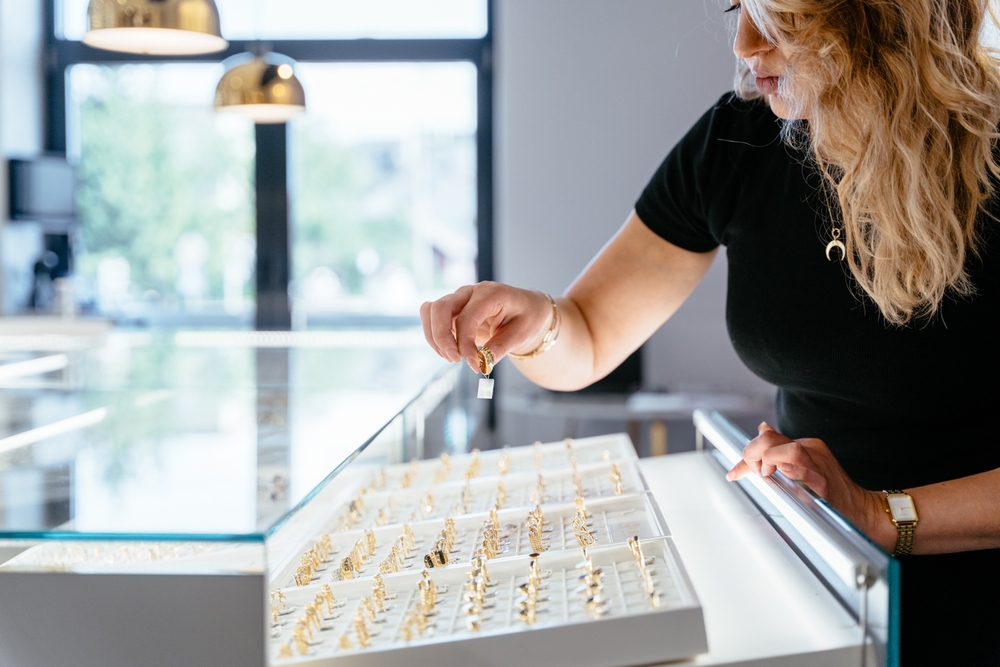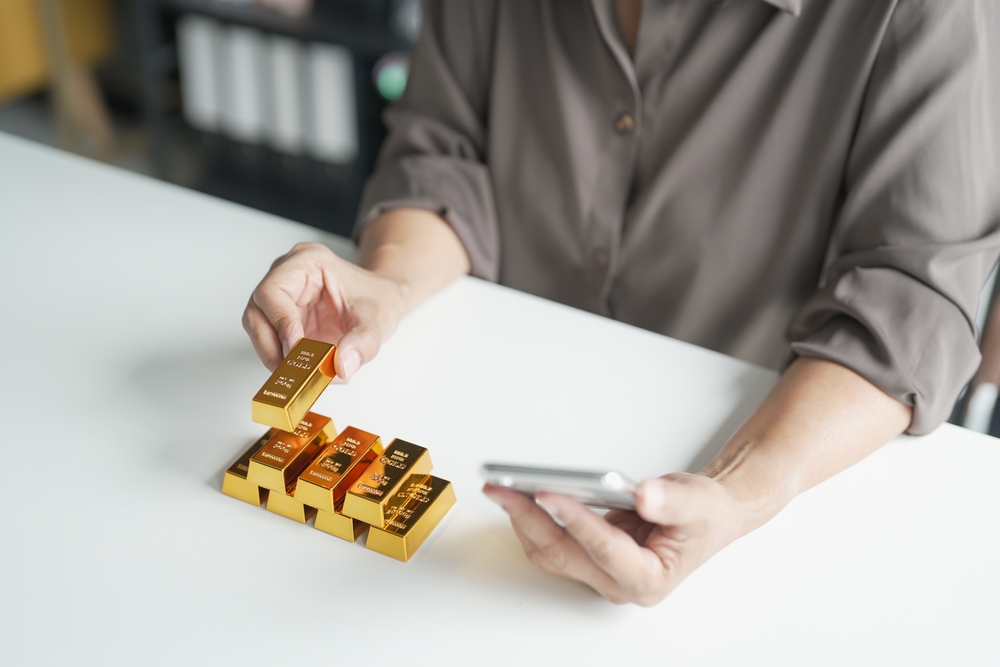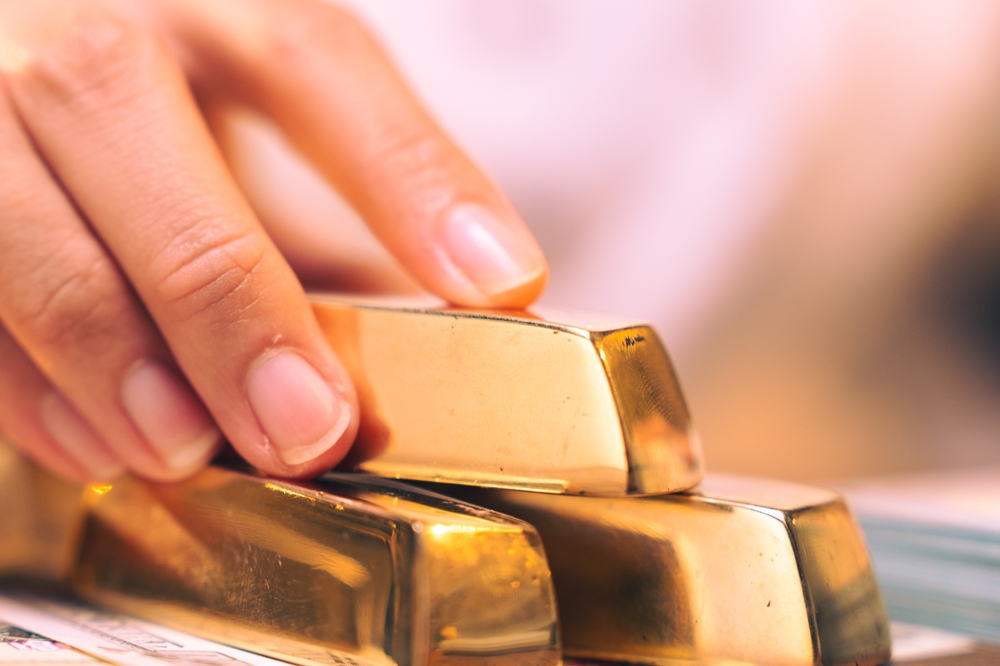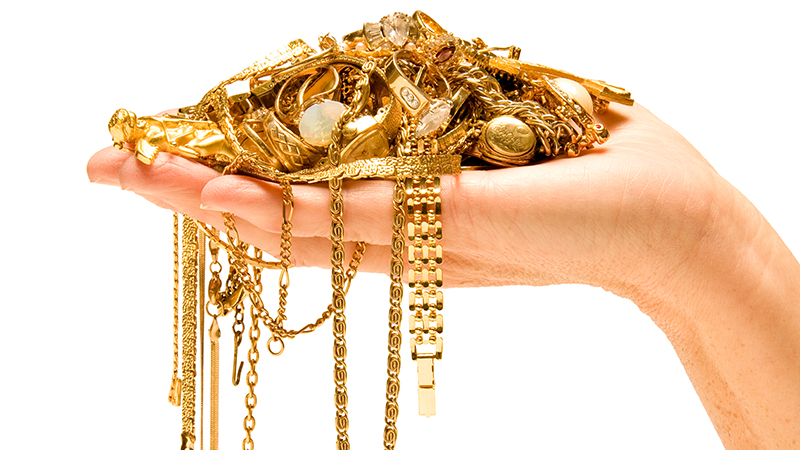Gold jewelry carries more than just decorative or sentimental meaning. In many cases, especially when it comes to older pieces, it can be surprisingly valuable. We’ve seen it time and again—someone brings in a vintage ring or necklace, thinking it’s only worth its weight, and walks away stunned after learning how much more it’s truly valued.
That’s because age, craftsmanship, and history often play a role that goes beyond just karats and grams. Let’s explore what makes older gold jewelry so valuable and how you can tell if something sitting in your drawer is worth more than you think.
Gold Purity Standards Have Shifted Over Time
We often assume gold is gold, but in reality, the standards for purity have changed significantly over the decades. Older jewelry, especially items made before mass production took over, was more likely to be crafted with higher gold content. Therefore, many vintage items contain 18K or even 22K gold, which holds more intrinsic value than the common 10K or 14K pieces we see today.
In addition, some older pieces were imported and made in regions where 22K was standard. Consequently, what may look like a basic gold bracelet could actually be nearly pure gold. We always encourage anyone unsure about their jewelry’s content to explore options to sell your gold after proper testing. It’s often more valuable than new items that might look fancier but have lower gold purity.
Craftsmanship Can Add a Hidden Premium
Mass-produced gold jewelry today is often stamped out in high volumes using machines, which keeps prices lower but limits uniqueness. However, older gold jewelry was often handmade, with craftsmanship that’s difficult to replicate in modern factories. For example, hand-soldered links, hand-engraved patterns, and intricate filigree work were more common several decades ago.
As a result, these features not only boost sentimental value but can drive up the resale price. In other words, gold buyers in Saskatoon recognize that artistry adds market appeal. If a piece shows clear signs of human craftsmanship, we’ll take that into account during the appraisal, sometimes offering more than just melt value. That is to say, the piece may hold value as both gold and as a collectible.
Historical or Vintage Appeal Attracts Collectors
There’s growing demand for vintage and antique jewelry, and not just for the gold. Jewelry from the Victorian, Art Deco, or Retro periods is often highly sought after by collectors. Therefore, when a piece can be dated back to a specific era, it often sells at a premium—especially if it’s in good condition or retains original features like clasps or hallmarks.
Moreover, older gold jewelry was often passed down through generations, meaning it carries more than just material value. When we assess these items, we look beyond the surface. Items with a backstory or visible signs of age, like patina or unique design characteristics, may be worth preserving rather than melting down. As a result, knowing when and where the piece came from can truly enhance its value.
Scarcity and Gold Content Go Hand in Hand
In the past, especially during times of economic uncertainty, many people held on to gold jewelry as a way to store wealth. That’s still true today, but the type of jewelry people kept decades ago often included heavier, more solid designs. For instance, a gold chain from the 1970s might weigh twice as much as a modern one of similar length.
Similarly, many older rings, bracelets, and bangles were made thicker and more durable. That is to say, they often contain more gold than meets the eye. Therefore, when you bring an older item to a gold buyer, it’s not just about how it looks—it’s about the total gold weight, which can far exceed what newer designs offer.
Hallmarks, Stamps, and Country of Origin Matter
Older gold jewelry often includes stamps or hallmarks that offer clues about its purity and origin. These marks are small but meaningful. For instance, a ring stamped with “750” typically indicates 18K gold. Likewise, markings from Europe or Asia can suggest higher gold purity than North American standards.
So, when evaluating your items, we closely inspect these marks to determine if the piece has hidden value. It’s also important to note that some gold jewelry was made by known designers or jewelers. These names, if authenticated, can drive up value significantly due to brand recognition within the resale market. If you’re unsure about a hallmark or designer stamp, it may be time to connect with gold buyers in Saskatoon who can provide a proper assessment.
Some Pieces Have Added Gemstone Value
While gold is the primary asset in jewelry, older pieces often include real gemstones that have held or even gained value over time. That includes diamonds, sapphires, rubies, and emeralds. During an evaluation, we don’t just consider the gold weight—we also assess the quality and size of any stones.
Additionally, certain vintage cuts are no longer produced, making them especially desirable. For instance, old mine-cut diamonds or natural untreated sapphires are rare and can bring significant offers. Consequently, selling old jewelry without evaluating these stones might result in leaving money on the table. We always recommend full appraisals to uncover every angle of value.
Sentimental Jewelry Can Still Yield a Strong Return
It’s common for people to feel emotionally connected to gold jewelry handed down from relatives. That is completely understandable. However, when the time comes to part with such items, it’s important to make informed choices. Many clients are surprised to learn how much these heirlooms are worth—not just for their gold but for their overall rarity and design.
Even broken or worn pieces can still bring in value. A damaged gold ring with a vintage setting may still be sought after by collectors or jewelers looking to restore older styles. So, if you’re considering letting go of a sentimental piece, make sure it’s properly evaluated before doing so. If you’re ready to begin, contact us to set up a discreet and no-pressure consultation.
Estate Jewelry Often Includes Unique Pieces
We frequently work with clients who inherit estate collections. These groups of items often include an assortment of styles, ranging from brooches to pocket watches to cocktail rings. In most cases, at least a few of these pieces were made with higher gold content or possess collectible value. This is why estate jewelry should never be sold by weight alone.
Instead, we sort through each item individually, identifying which pieces carry historical significance or rarity. That way, sellers get the full benefit of any hidden value. In addition, estate jewelry may include pieces from international markets, meaning it might follow different gold standards than North American pieces. Having each item assessed individually ensures nothing valuable gets overlooked.
Market Demand Can Work in Your Favor
Gold prices fluctuate based on global markets, but demand for vintage gold jewelry tends to remain consistent. That is because collectors, resellers, and designers are always on the lookout for older items with character. Likewise, gold buyers understand these market trends and may offer more for vintage items that are hard to find elsewhere.
So, even if you think your jewelry is outdated, that very trait might make it more desirable. While you can always recycle gold for its melt value, sometimes it pays to take the extra step to see if it holds collector or resale value. To make the most of today’s market, you might want to explore your options with experienced local gold professionals.
FAQs
How do I know if my gold jewelry is vintage or just old?
If your jewelry shows signs of craftsmanship, has unusual markings, or features older design styles, it may be vintage. The best way to confirm is through a professional evaluation.
Can broken gold jewelry still be sold?
Yes, broken pieces still hold value based on their gold content and any gems they contain. In some cases, the design or hallmark also contributes to resale potential.
Is it better to sell gold jewelry individually or as a collection?
It depends on what you have. Collections with a common style or from an estate may be worth more together, while standout pieces are often more valuable when sold separately.
Do gold buyers accept jewelry with missing stones?
Yes, many buyers will accept items with missing stones. However, the offer may reflect the cost of replacing or removing damaged components.
What’s the safest way to get my gold jewelry appraised?
Work with a local, reputable professional who offers transparent assessments. Look for in-person consultations where the evaluation is done in front of you.

